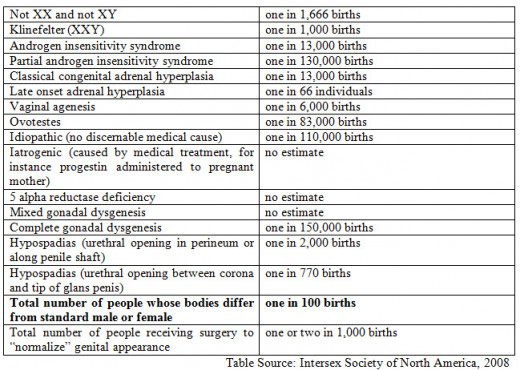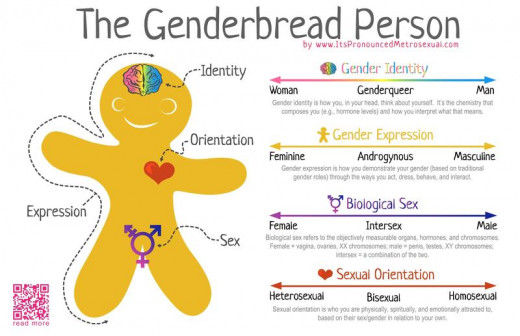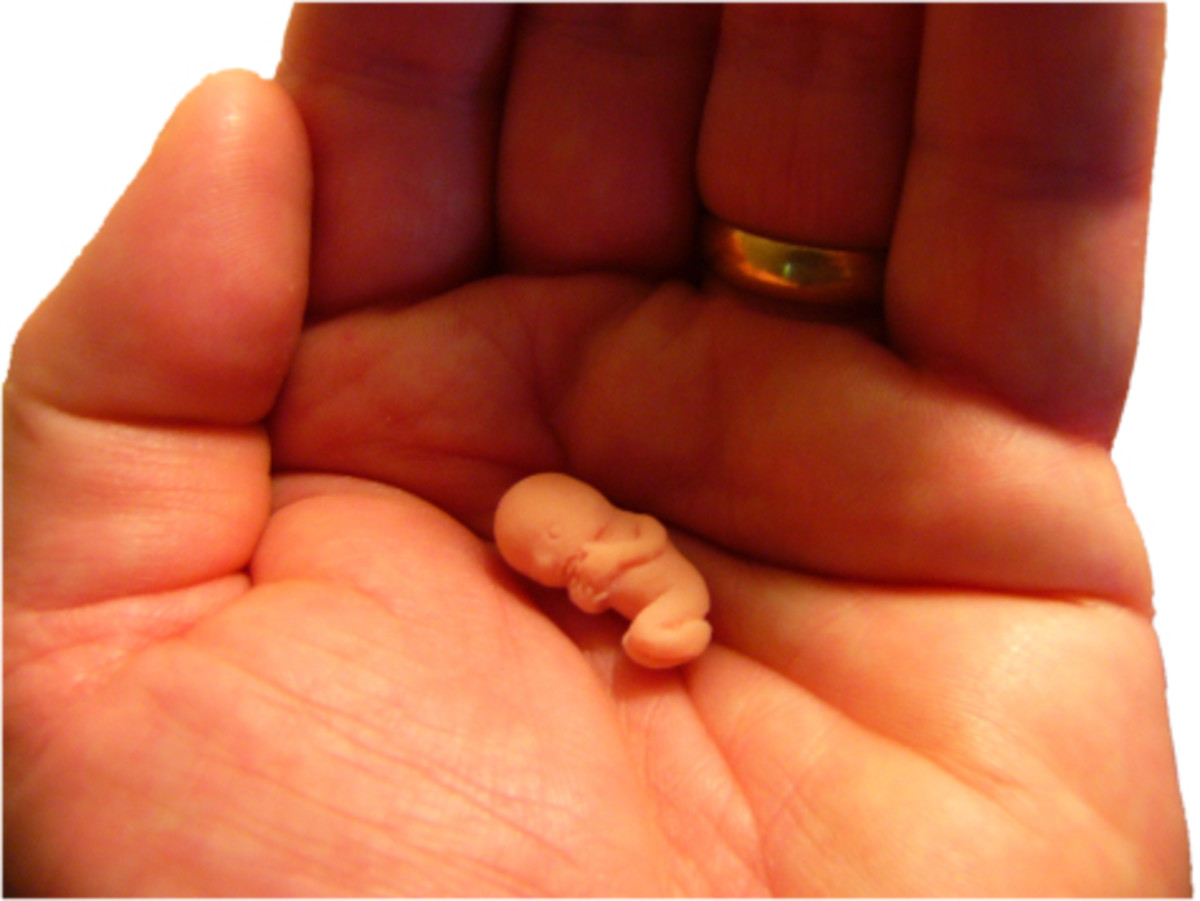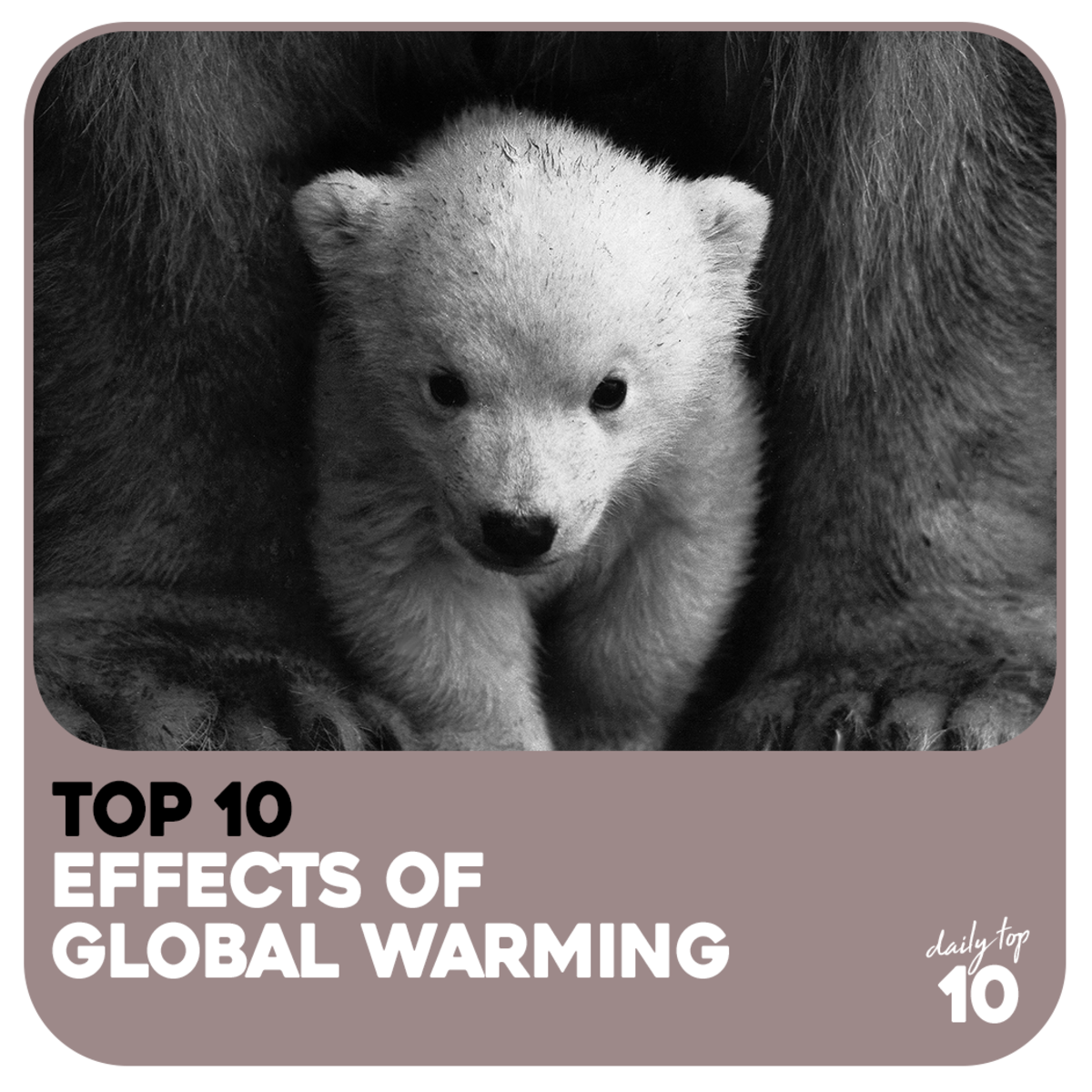Androgen Insensitivity Syndrome and Diesel Exposure (NJ)
New Jersey is traditionally referred to as a “commuter state”, meaning most residents commute to jobs in other states, like New York, Pennsylvania and Delaware.

By examining this and other maps, I was able to estimate that anywhere from 40% to 50% of the state’s square miles are paved over by major highways (not including minor highways, town roads, or unpaved roads of any sort). One unintended consequence of being a commuter state is that New Jersey is also considered the “armpit” of the country. That nickname refers, in part, to the amount of pollution in this state, compared to other states. New Jersey is packed full of people, personal vehicles and public transportation; such population density can lead to many environmental issues. The first and foremost environmental issue presented by a commuter state, like New Jersey, is automobile emissions contributing to air pollution. For the purpose of this study, I will more specifically be looking at diesel emissions as air pollution in New Jersey. Many different kinds of engines run on diesel fuel, such as large trucks, boats and barges, some personal vehicles, public and school buses, farming, construction and military equipment, locomotives and aircraft. According to McGeehan (2005), ““New Jersey Transit, the statewide transportation agency, has 2,028 buses. That is more than Philadelphia, Chicago, Denver or any other city has, except New York and Los Angeles,” and most of them run on diesel fuel. Diesel can also fuel generators and other back up energy supply for buildings, such as hospitals. While diesel may seem to be a great, reliable source of energy, it can be a very dirty energy source. By dirty, I am referring to the pollution emitted from diesel engines and the health concerns that accompany it. Diesel particulate is a serious respiratory irritant, it can even onset asthma attacks. However, what I will be taking a closer look at are the effects of diesel on fertility and pregnancy, ultimately determining if diesel exposure is linked to birth defects.
While many are concerned about diesel exposure in terms of inhalation and respiratory effects, this is a look into the effects of diesel exposure on reproductive systems. Diesel exhaust is a chemical pollutant, also classified as an endocrine disrupting compound. Balabanič et. al. explain exactly what an endocrine disrupting compound is. They are known, first and foremost, as pollutants but they are differ because EDCs:
“are able to mimic hormones...because of their structural similarity to endogenous hormones, their ability to interact with hormone transport proteins or because of their potential to disrupt hormone metabolic pathways. Thus, the effects of endogenous hormones can be mimicked or, in some cases, completely blocked...These compounds can cause reproductive problems by decreasing sperm count and quality, increasing the number of testicular germ cells and causing male breast cancer, cryptorchidism, hypospadias, miscarriages, endometriosis, impaired fertility, irregularities of the menstrual cycle, and infertility” (Balabanič et. al., 2011, 403)
Hormone mimickers are extremely dangerous because they have the ability to trick the body into believing they are supposed to be there. According to Andrew Nikiforuk (1997), “the study of endocrine disruptors, perhaps the hottest and most controversial field in environmental science,… is a lot more complex than falling sperm counts” (D.6.). He goes on to report though estrogen mimickers have “hogged” the spotlight in this field, “some chemical compounds can interfere with the male hormone, androgen” which is just as much a cause for concern.
According to information presented by Clyde Owens, Christy Lambright, Mary Cardon, et. al. (2006) diesel exhaust has been known to affect both male and female reproductive systems. They go on to report: “evidence suggests compounds that activate the aryl hydrocarbon receptor, such as polycyclic aromatic hydrocarbons [PAH], may have an inhibitory effect on [Androgen Receptor]-induced gene transcription” (Owens et. al., 2006, 2130). Androgen is a hormone essential for male sexual development and it is the function of the AR gene to mediate the effects of androgen in the body. Jorma Palvimo (2012) notes that “in the absence of the AR function, genetically male embryos develop a female phenotype” (1). Androgen Insensitivity Syndrome (AIS) is the most common cause of this kind of in utero developmental disorder, and there is a confirmed link between the presence of AIS and an AR gene malfunction/mutation. If a male’s cells cannot respond to androgen that can prevent the masculinization of genetalia in utero, and potentially prevent secondary sex characteristics at puberty. This is a condition known as sexual ambiguity and many are unsure how to handle it at any stage in a boys life. Luckily, AIS is not linked to female sexual development or maturation in any way, so female fetuses do not usually result in sexual ambiguities for this reason. Further investigation of the results of AIS led me to find a horrifying truth.
In a study conducted by Wobue Watanabe and Yoji Oonuki they tested is inhalation of diesel exhaust would affect the reproductive functions of a maturing male rat. They discovered that “the specific activity of a testicular enzyme associated with postmeiotic spermatogenic cells, anchored hyaluronidase, was lower in the diesel exhaust-exposed rats than in the controls” (Watanabe et. al. 1999, 541). This study was conducted 15 years ago, when the effects of diesel exhaust was barely thought about. In 2004, Takeda et. al. looked into the endocrine disrupting effects of diesel exhaust and found:
“in utero exposure to low levels (0.1 mg DEP/m3) of [diesel exhaust] from day 2 postcoitum (p.c.) until day 13 p.c. reduced the expression level of Ad4BP/SF-1 mRNA and thereby might affect the development of gonads. Low levels of DE also reduced the expression of several genes known to play key roles in gonadal development, including an enzyme necessary for testosterone synthesis” (p. 33)
Reduced development of the gonads is a common mutation related to AIS, therefore it causes concern. In a more recent study done with laboratory rats, ChunMei Li et. al. (2009) discovered that when male rats are exposed to high levels of nanoparticle rich diesel exhaust their “the relative weights of the seminal vesicle and prostate to the body weight significantly decreased in the NR-DE or F-DE-exposed rats compared with the control group” (S189). They concluded the study and found that “prenatal exposure to NR-DE or F-DE could lead to endocrine disruption after birth and suppress the testicular function in male rats” (Li et. al., 2009, S189). It is my educated guess that the reason for this progression is that scientists and researchers just know where to look and what to look for now because of the increasing concerns on human reproductive health.
While there is little data on human occurrences of AIS, according to the United States National Library of Medicine (2014), “complete androgen insensitivity syndrome affects 2 to 5 per 100,000 people who are genetically male,” and “partial androgen insensitivity is thought to be at least as common as complete androgen insensitivity,” however, “mild androgen insensitivity is much less common.” However, as far as sexual variations go, prevalence in North America has approximated that it is even higher than that:

Please note that the bolded row reads “total number of people whose bodies differ from standard male or female” is “one in 100 births” (Intersex Society of North America, 2008). Being the population of the United States is far over 310 million, around 310,000 individuals’ bodies are neither of standard male, or female physical and/or genetic make up. It also means approximately 23,000 American males are suffering from partial androgen insensitivity syndrome, and 2,300 American males are suffering from complete androgen insensitivity syndrome. These numbers cannot be downscaled to look at just New Jersey because the data is so raw and collection of data is so new. However, due to high levels of toxic air pollution, most specifically diesel exhaust, in the state of New Jersey and the link between diesel exposure and reproductive health concerns, such as Androgen Insensitivity Syndrome, we can only assume prevalence in Jersey is higher than other areas of the United States.
There is a concrete link forming between Androgen Insensitivity Syndrome and the presence of EDCs, such as diesel exhaust, in the United States, more specifically New Jersey. Because of how controversial and inhumane it would be to test the effects of diesel exposure on pregnant human females, and/or newborns, the only information we have is studies, primarily conducted overseas, on laboratory rats. This makes it difficult to know for certain is diesel exposure is the cause of 253,000 American males suffering from complete or partial androgen insensitivity syndrome. All that is for certain is more research needs to be conducted so we can put an end to this horribly confusing disease.
Sex v. Gender

What's your gender identity?
What's your gender expression?
What's your biological sex?
References
Balabanic, D., Rupnik, M., & Klemencic, A. K. (2011). Negative impact of endocrine-disrupting compounds on human reproductive health. Reproduction, Fertility and Development, 23(3), 403-416. http://dx.doi.org/10.1071/RD09300
Intersex society of North America. (2008). How common is intersex? [Table]. Retrieved from http://www.isna.org/faq/frequency
Li, C., Taneda, S., Taya, K., Watanabe, G., Nakajima, T., & Suzuki, A. K. (2008). In utero exposure to nanoparticle-rich diesel exhaust suppressed testicular function in immature male rats. Toxicology Letters, 180, S189. http://dx.doi.org/10.1016/2008.06.191
McGeehan, P. (2005, April 3). The commuter state. The New York Times, New York Region.
Nikiforuk, A. (1997, January 25). How hormonal mimickers are skewing sexual development. The Globe and Mail, Mind & Matter.
Owens, C., Lambright, C., Cardon, M., Earl, L. G., Gullet, B., & Wilson, V. (2006). Detection of androgenic activity in emissions from diesel fuel and biomass combustion. Environmental Toxicology and Chemistry, 25(8), 2123-2131.
Palvimo, J. J. (2012). The androgen receptor. Molecular and Celluar Endocrinology, 352(1-2), 1-3. http://dx.doi.org/10.1016/j.mce.2012.01.016
Takeda, K., Tsukue, N., & Yoshida, S. (2004). Endocrine-disrupting activity of chemicals in diesel exhaust and diesel exhaust particles. Environmental Science, 11(1), 33-45.
United States National Library of Medicine. (2008, May). Androgen insensitivity syndrome. Retrieved May 3, 2014, from Genetics Home Reference website: http://ghr.nlm.nih.gov/condition/androgen-insensitivity-syndrome
U.S. National Library of Medicine. (2008, may). Androgen insensitivity syndrome. Retrieved May 4, 2014, from Genetics Home Reference website: http://ghr.nlm.nih.gov/condition/androgen-insensitivity-syndrome







